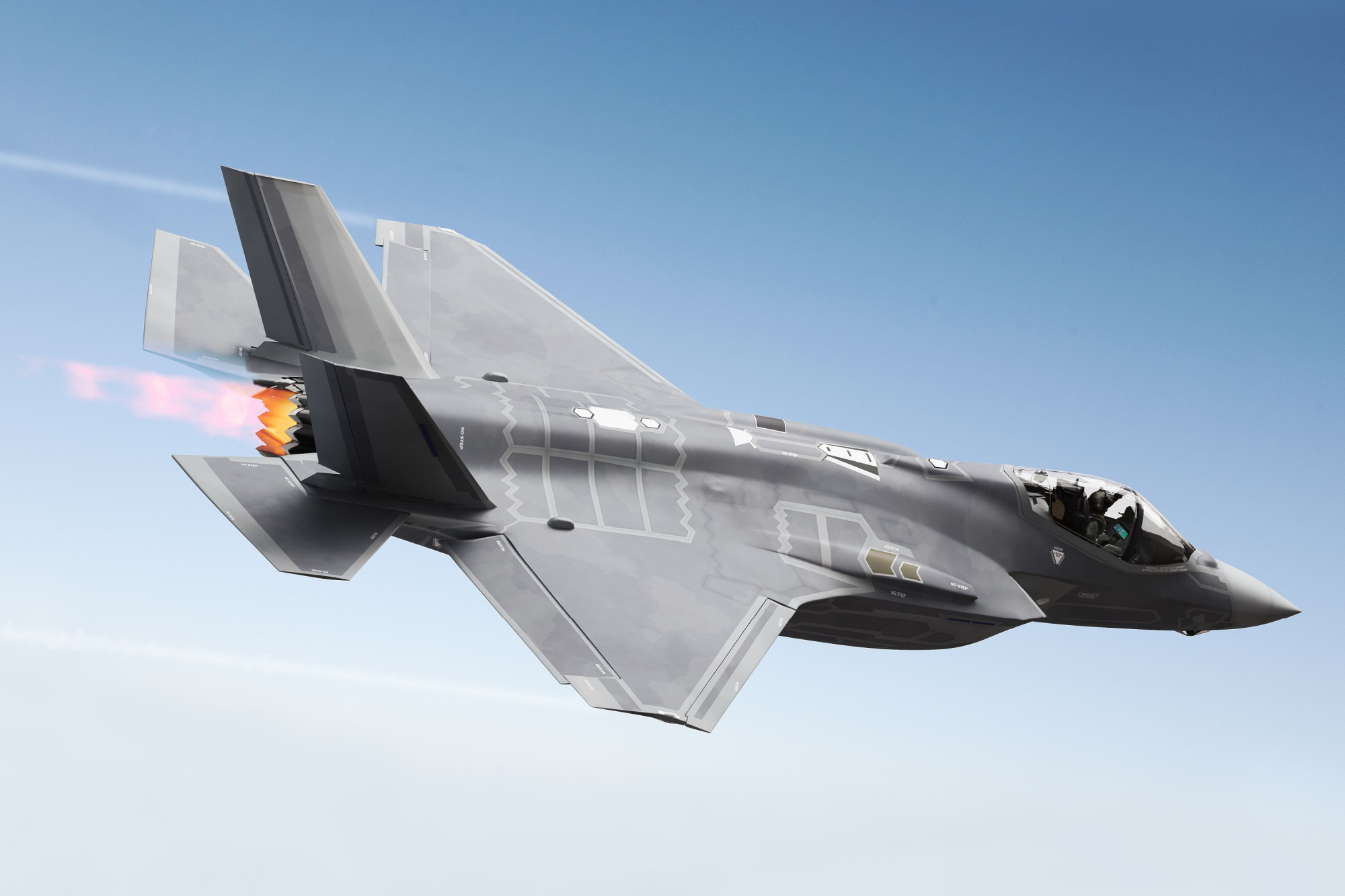Senior
- Messages
- 925
- Reactions
- 34
- Points
- 18
Best is to steal, for foreign OEM will not give the tech & GTRE unable to do it. Begging we tried to no avail. In the advancement of "kn"s private sector has played a pivotal role to which DRDO nor GTRE will ever mention. After giving the private sector to manufacture the engine all these advancements are being trumpeted now.U have no other option than to make your own engine . Steal , borrow or do whatever but make it work. U can't trust on French , British or anyone for that matter .


